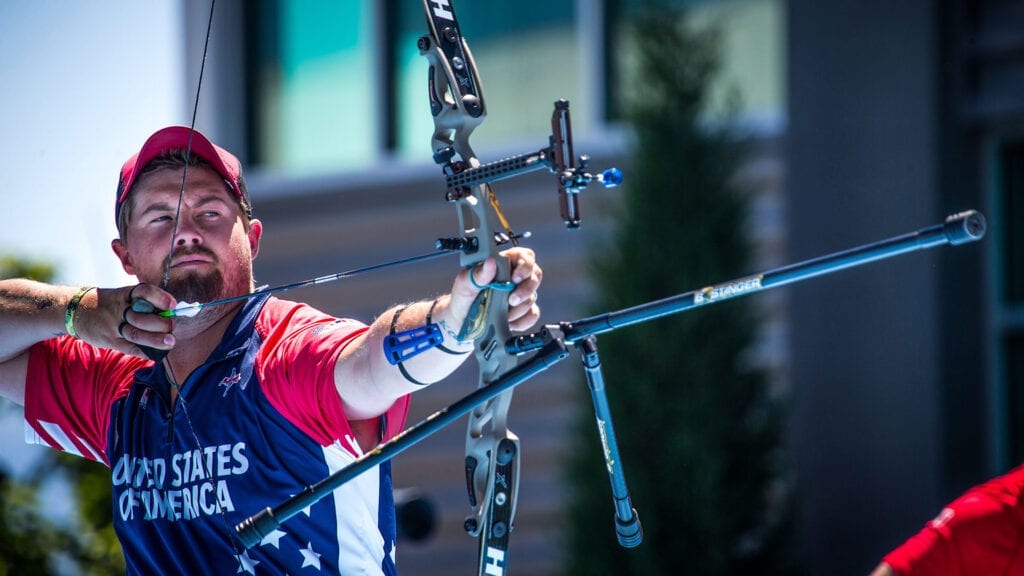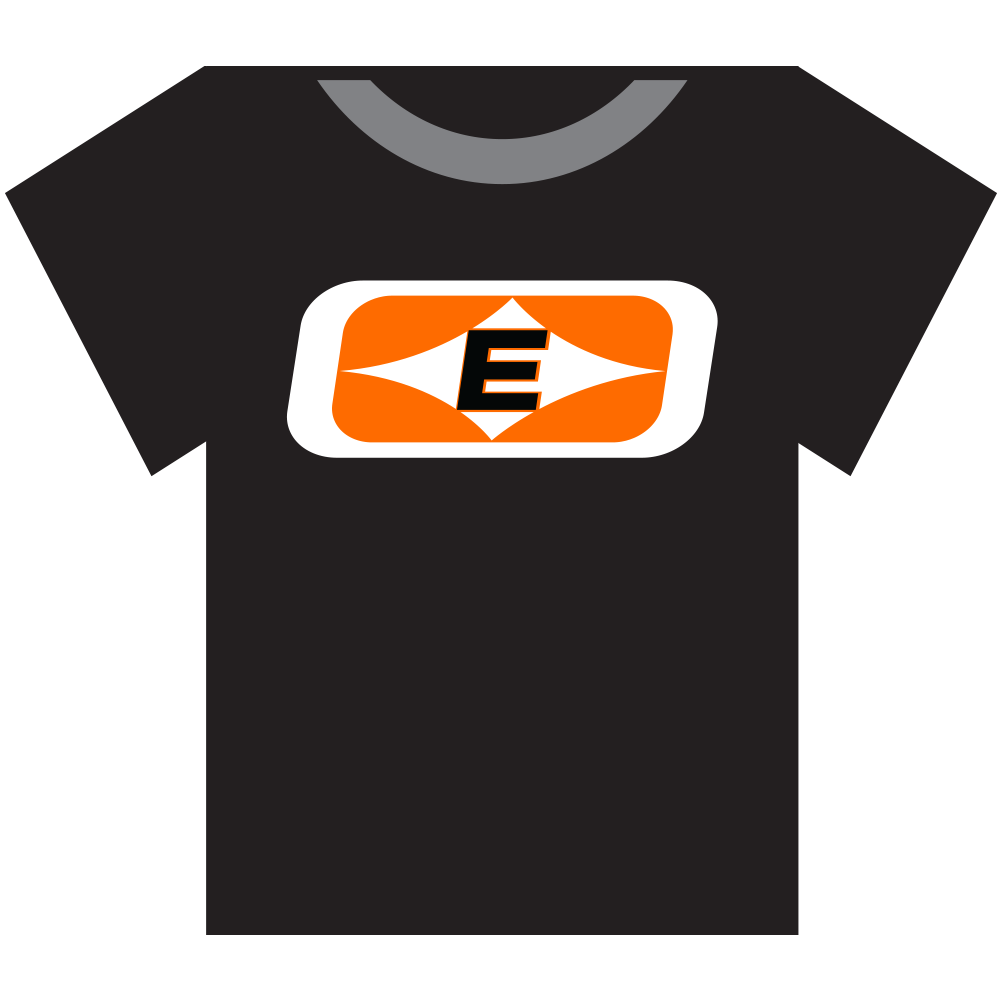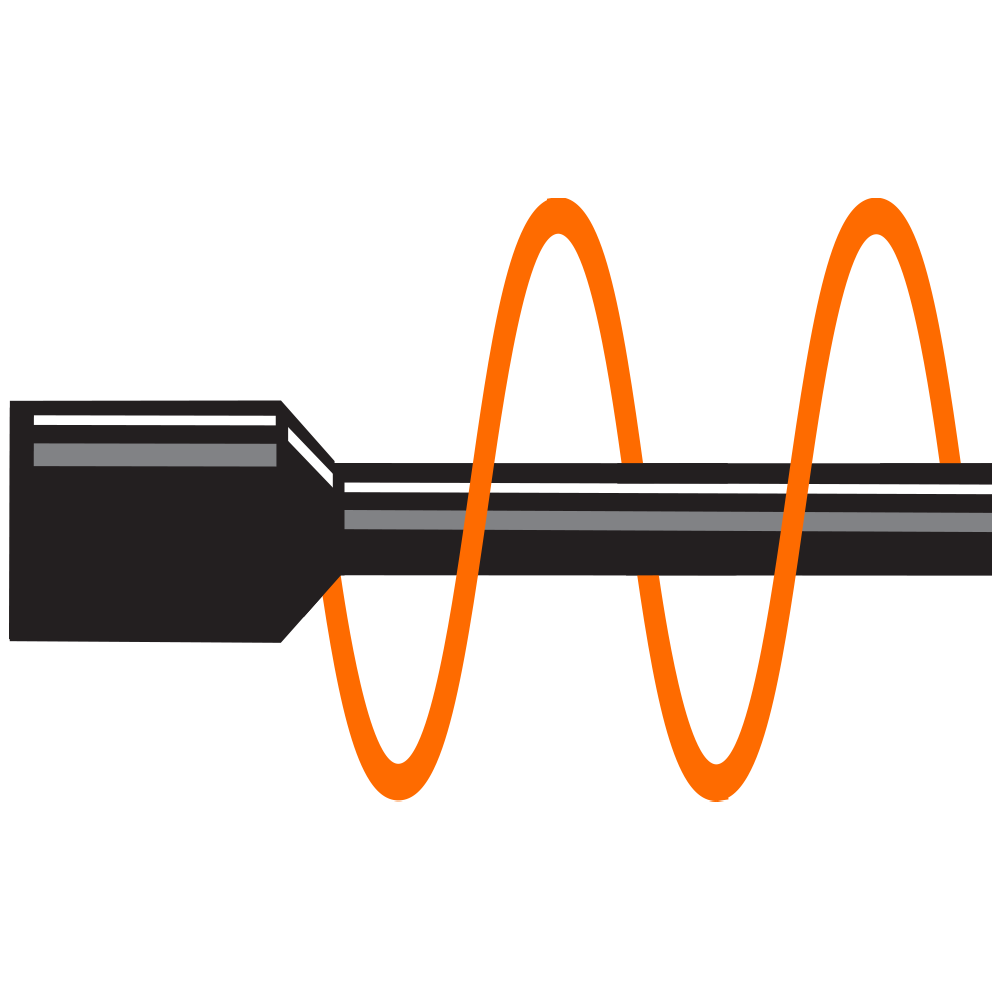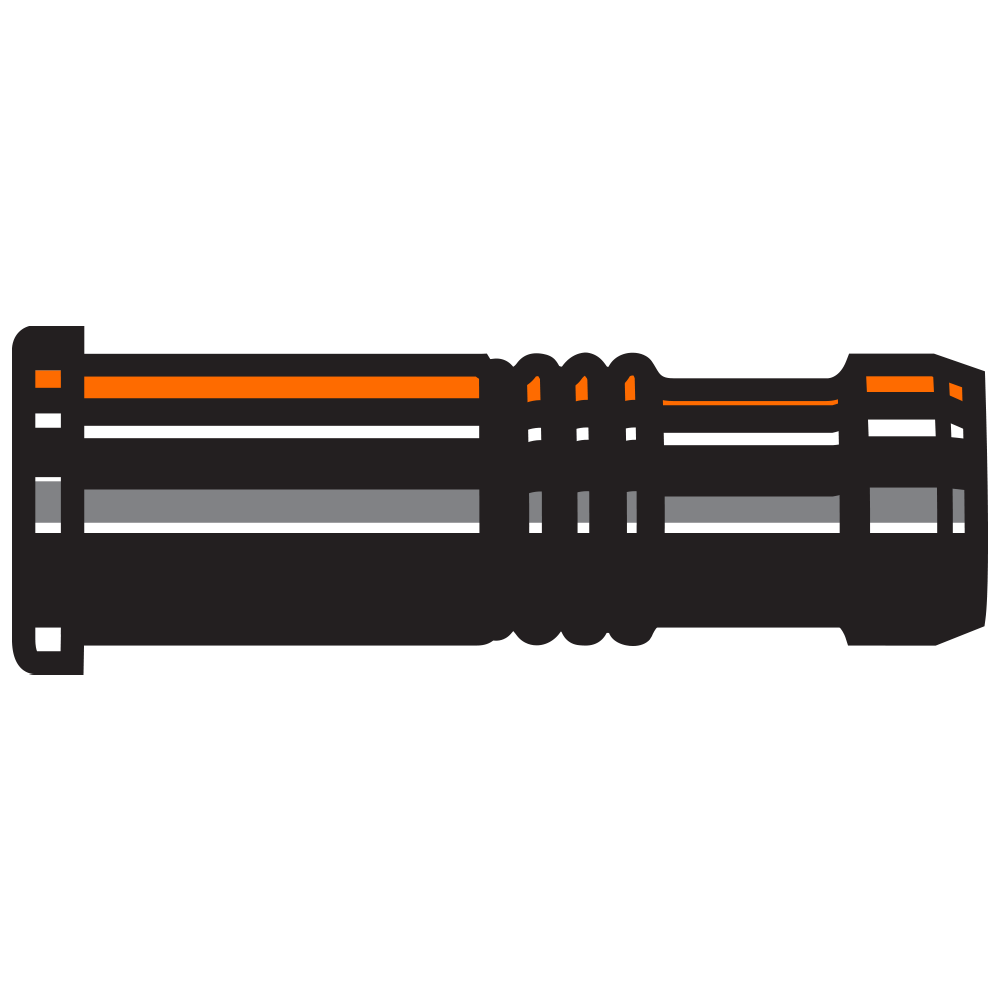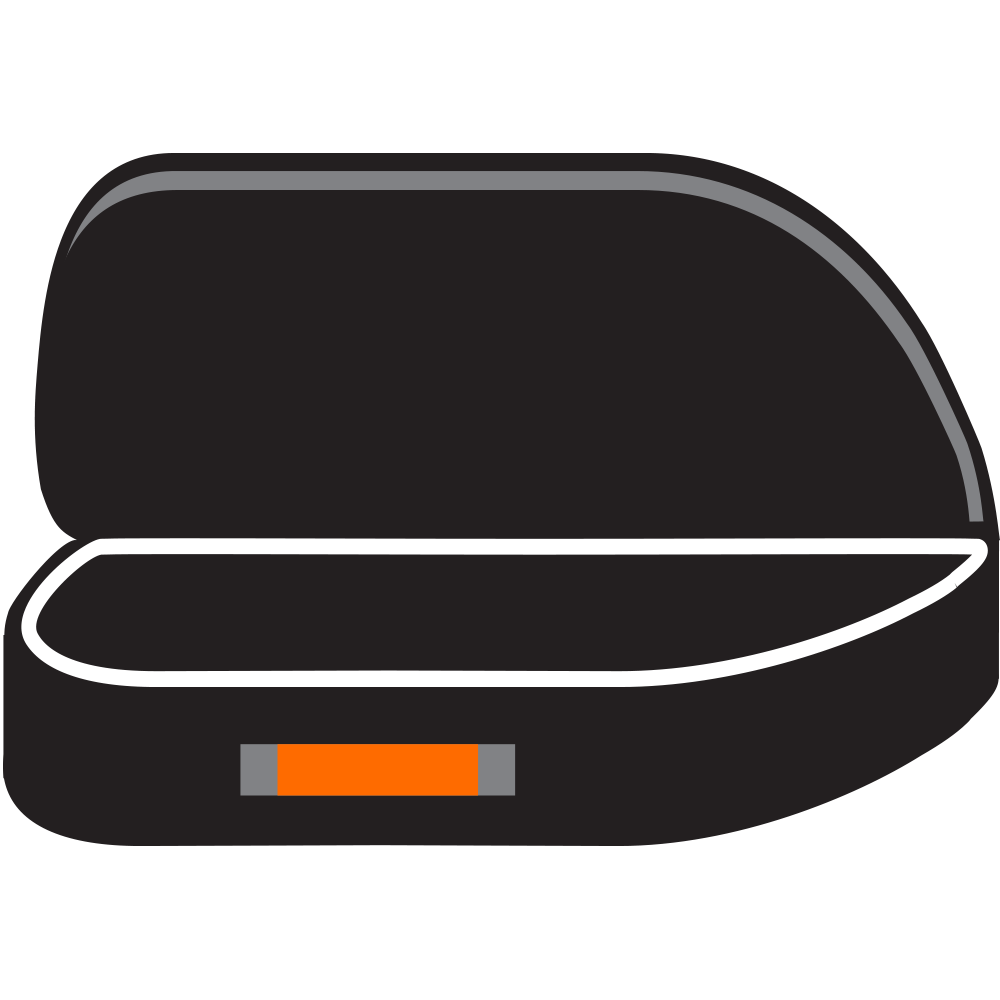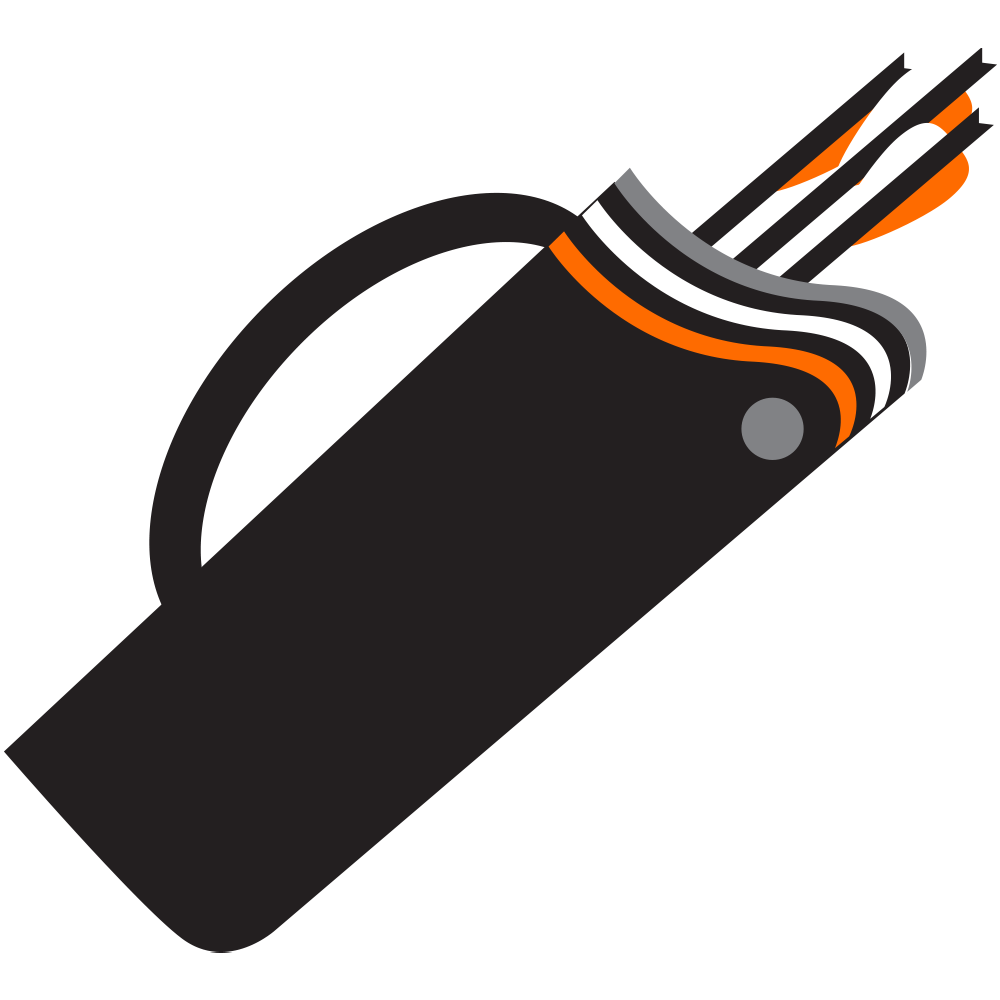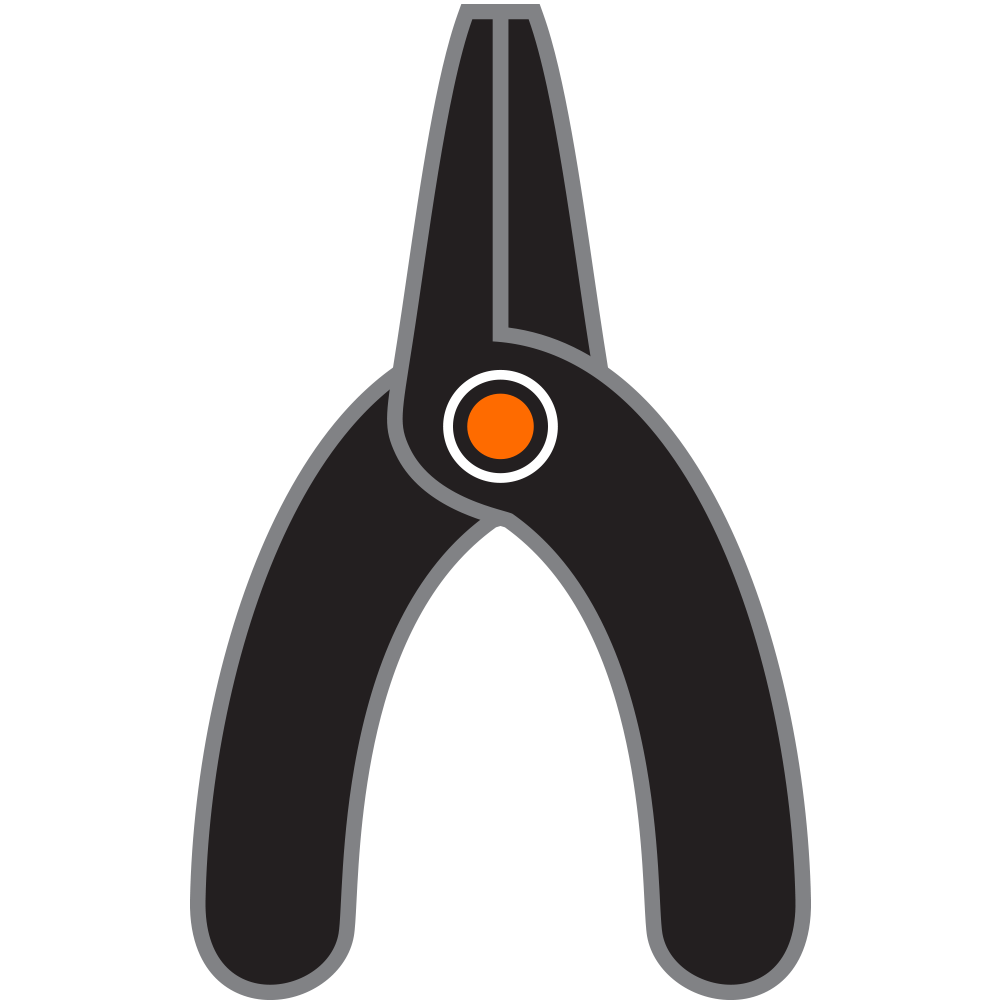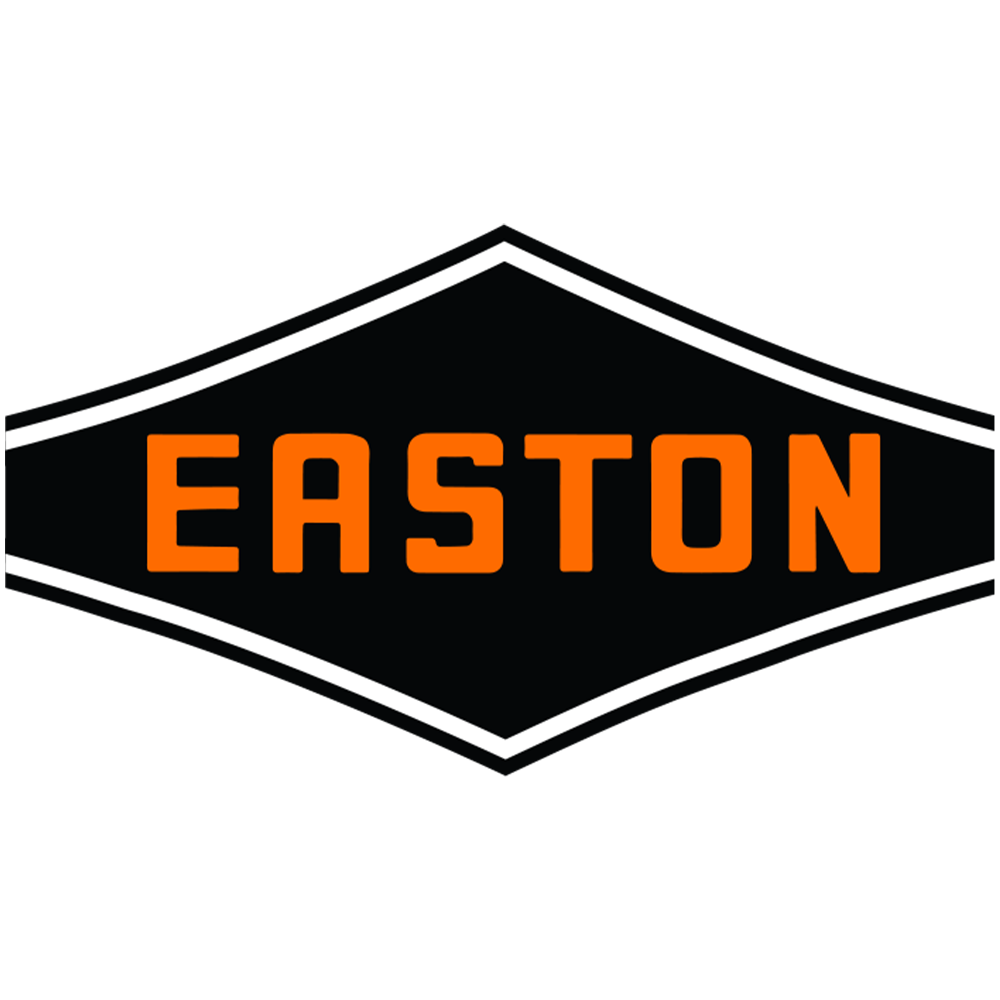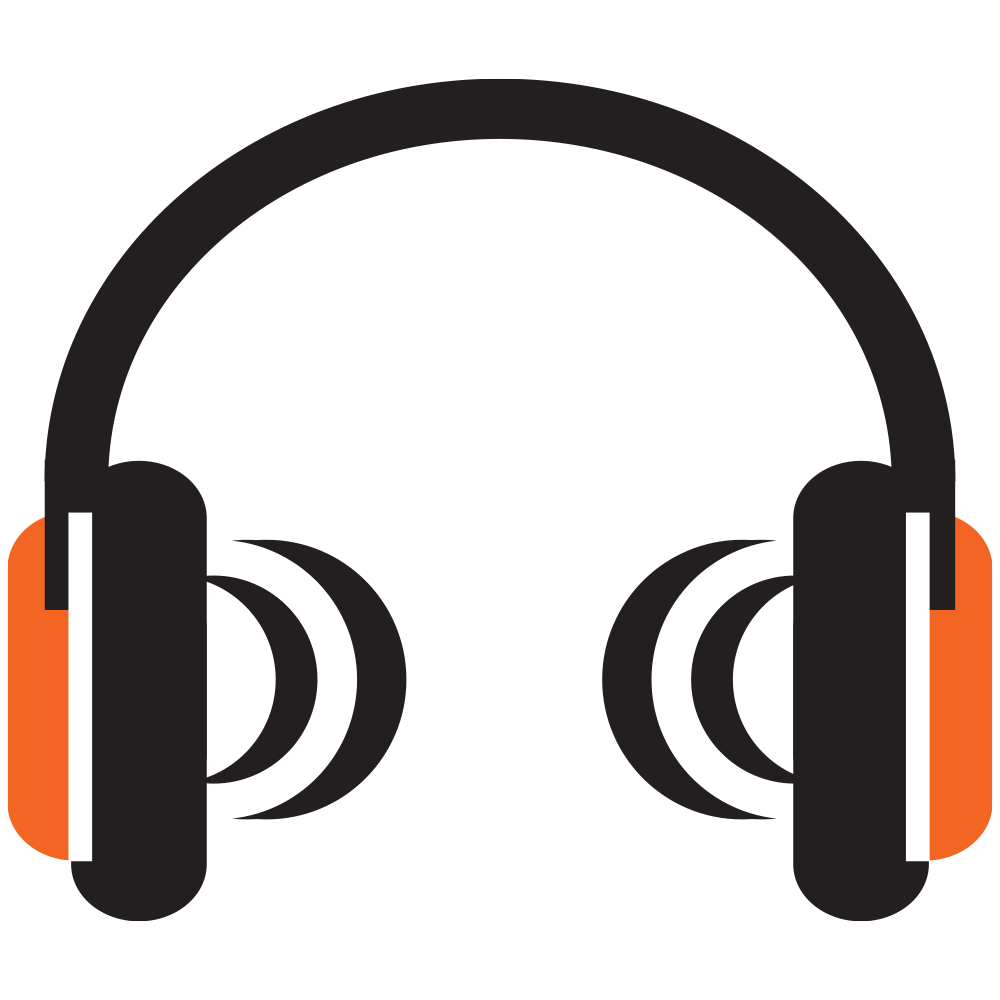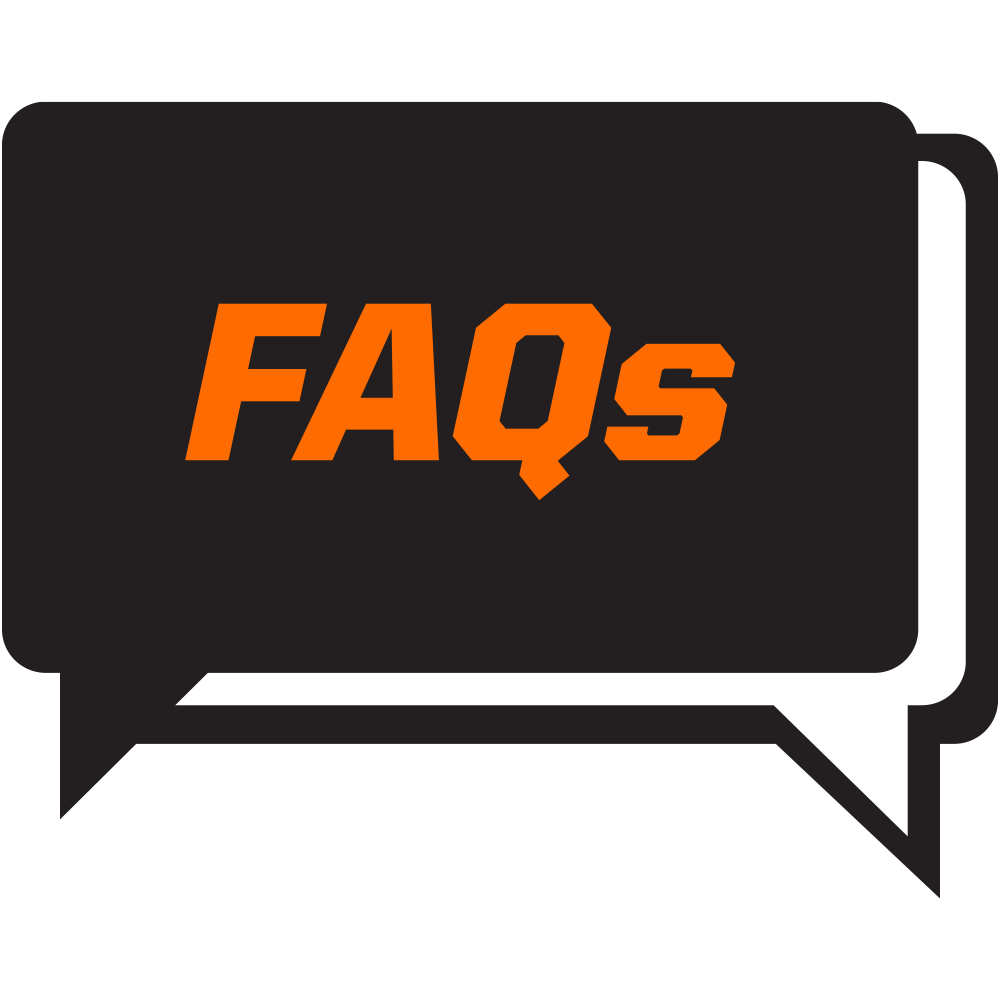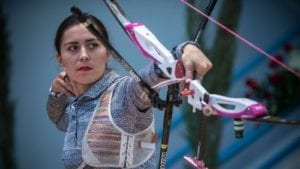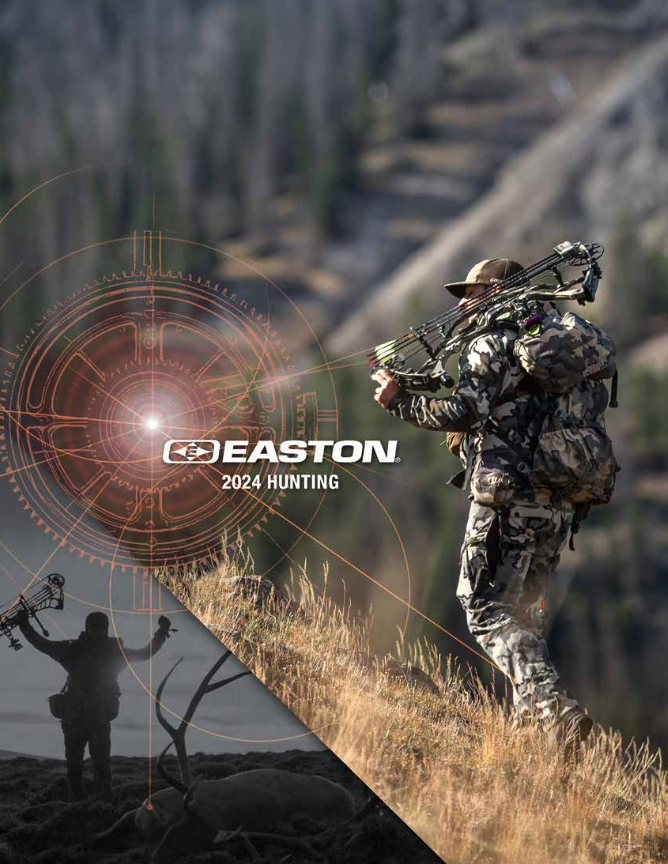In a few weeks, bowhunters will be ringing in the 2014 big-game hunting season with early-season archery hunts for antelope. These fleet-footed animals are usually hunted one of two ways: from a ground blind next to a waterhole or spot-and-stalk methods. Thanks to the wide-open terrain they roam around, longer shots are usually the norm, and not the exception. This requires a relatively light, fast arrow with a flatter trajectory, but still enough energy to penetrate the vitals. Keep the following in mind when choosing the best antelope hunting arrows for your bow.
Arrow Diameter
The diameter of a hunting arrow is an important factor when selecting an arrow for antelope hunting. Micro-diameter arrows, like the Carbon Deep Six Injexion, are a great choice for launching arrows over the prairie. The reduced surface area lessens the amount of wind drift, which is often an issue on the Great Plains as you strive for accurate kill shots. A smaller diameter does not mean less kinetic energy with our Deep Six series of arrows. Micro-Diameter arrows still pack plenty of mass to provide excellent momentum and kinetic energy output thanks to a solid core shaft. Check out the complete line of Deep Six arrows and take advantage of their excellent flight characteristics and down-range penetration this fall.
Front-of-Center
As shot distances increase, so does the importance of having a hunting arrow with the optimum front-of-center (F.O.C). The balance position of the arrow is one of the more important elements affecting the shape of the arrow’s trajectory curve. A high F.O.C. will fly with good stability, but will shed its trajectory. An arrow with low F.O.C. will hold its trajectory better, but can fly erratically. Easton recommends an arrow with 10-15% F.O.C. for hunting setups and optimal accuracy – especially at long distances, and a lot can be done to really dial in on the F.O.C “sweet spot.” For example, John Dudley uses brass HIT inserts to increase the front weight of the Hexx arrows he uses for hunting anything up to a midsize animal.
“I found that by using the brass inserts and increasing the front-of-center, it allowed me to shoot both mechanical and fixed-blade heads with a much smaller variance between them,” said Dudley. “I also found that the higher F.O.C allowed me to shoot a shorter vane to control those broadheads as well, which also has its benefits. The importance of that is a smaller fletch will have less ballistic drag, which helps a lot in longer shots but also has less drag in a cross wind. Both of those factors are very common in Western-style hunting.”
Broadhead Choice
A true-flying broadhead on the tip of your arrow is critical to an antelope hunting bow setup. A compact broadhead – whether you prefer mechanical or fixed-blade – that flies straight at high speeds and long distances will minimize planning issues and cut through the wind. Good aerodynamic
fixed-blade heads to consider include the Trophy Taker Shuttle T, Wasp Archery Drone and Wac’ Em Triton. Practically any low-profile mechanical head that you trust will fit the bill, as well. Again, Dudley stresses using brass inserts:
“The bottom line is, the brass inserts not only increases my front weight, but they also helped boost my overall arrow weight,” said Dudley. “Higher F.O.C allows me to shoot a more compact broadhead, which I find to fly best, and still maintain a high F.O.C. For example, most compact broadheads are usually 100 grains but when combined with a 75-grain insert, you have some amazing front steering weight.”
At Easton, we love when an arrow, broadhead and accessories work together to create the perfect hunting arrow for your needs. This is why we don’t stop at making the best hunting arrows. We also offer inserts, fletchings and other hardware so you can build and tweak the right hunting arrow for the conditions you hunt in.
Whichever arrow or broadhead you choose, make sure you spend plenty of time at the range practicing at various yardages and shooting positions. It is likely you will be shooting from a sitting or kneeling position as you try and get close to speed goats in open terrain.




